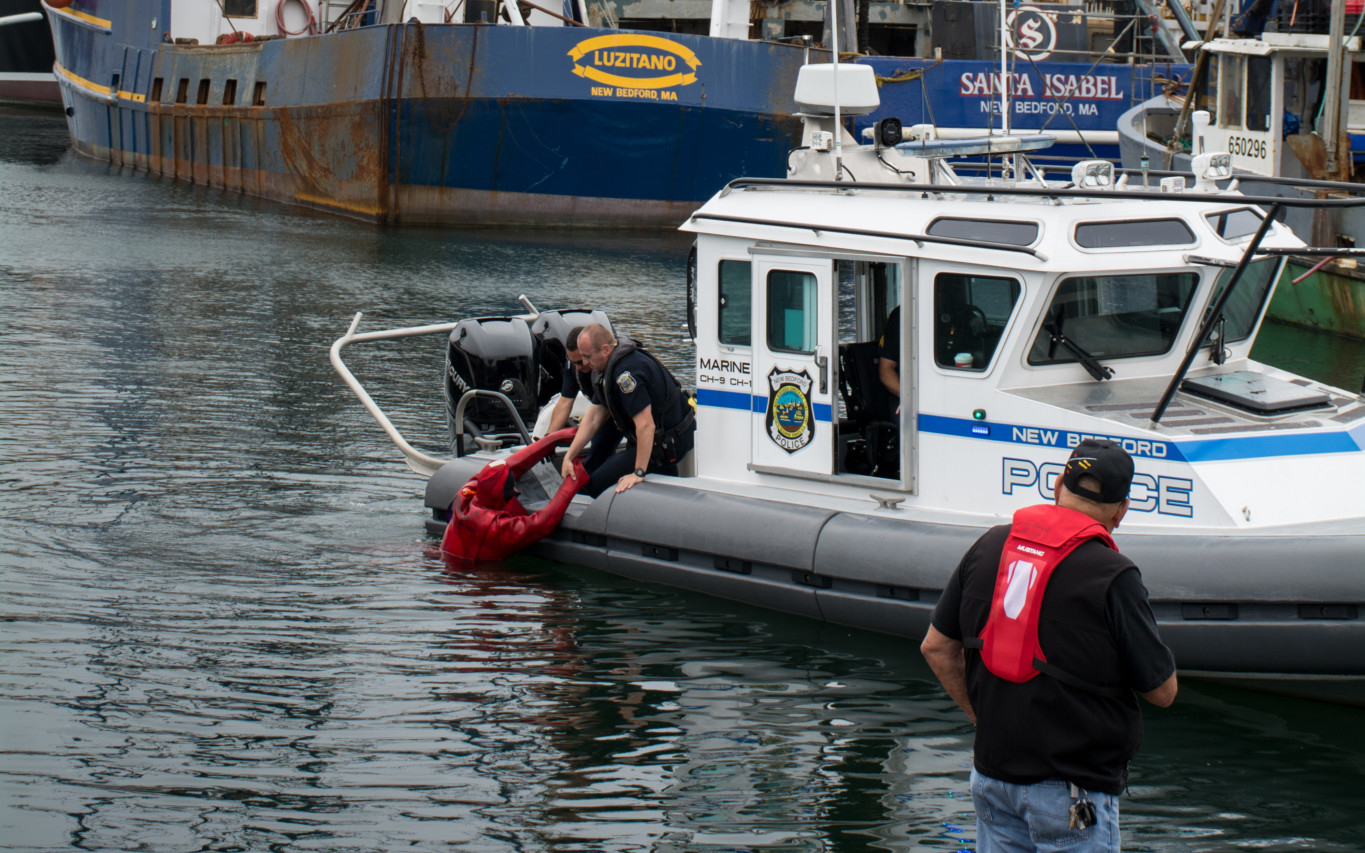It’s not something most fishermen think about once they leave the dock and head out to the grounds. I’m talking going overboard and how to increase your chances of getting back aboard alive. Maybe it’s late at night and you’re coming off your wheel turn. You exit the wheelhouse, drop down a step just as the boat takes a wicked heave and you’re pitched over the side. Maybe you get wrapped up in pot warp as it snakes across the deck and out the stern, hauling you and the traps with it.
There are probably a couple hundred different maybes and some of them certainly snared the 204 fishermen that died from unintentional falls overboard between 2000 and 2016. In all cases, none of the victims was wearing a PFD. In Fatal Falls Overboard in Commercial Fishing 2000 — 2016, a just released report from the CDC’s National Institute for Occupational Safety and Health, those man overboard deaths are examined.
A chart shows the number of falls overboard by year and the trend of fatal falls overboard. A second chart breaks down most of the 204 fatalities by several categories including age, fishing experience, activity before the fall and cause of fall. A third chart displays the recovery status of overboard victims. For instance, of the 83 fishermen seen falling overboard, 27 soon went out of sight, while for 56 fishermen a recovery was attempted within an hour. Of those five could not be recovered and 22 were recovered but could not be resuscitated.
What were the fisheries with the most fatal overboard falls? Start with the Gulf of Mexico shrimp fishery with 34, followed by the East Coast lobster fishery with 18, Alaska’s salmon drift gillnet fishery had 16 and the East Coast scallop fishery had 10.
There’s a brief discussion on preventive strategies and things that can be done to increase the chances of a successful recovery, including using PFDs and man overboard alarms.
2003 was the deadliest in the 16-year study with 20 fatalities. 2016 was the least deadly with five unintentional fatal falls overboard. So perhaps fishermen are paying more attention to avoiding being a number in the fatality column. Then again, after 2003 there was a decline in fatalities until 2009 when about 18 fishermen perished. If anything that shows you should never stop thinking that this can happen to you.







